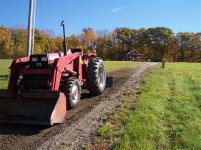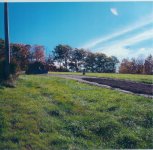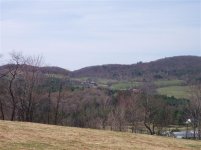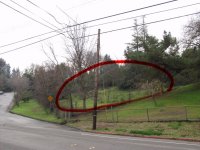daTeacha
Veteran Member
Pooh Bear (or maybe I should say "failed pucker meter" Bear) unless your tractor is a subcompact and a light one at that, your body weight is pretty insignificant. Even my old B7100 at 1350 lb with loader was not greatly influenced by me moving my 215 lb around on the seat. My cub mowers are, but the heavier of the two comes in at about 500 or so, maybe. Consider that even on my little Kubota the loader would lift better than twice my body weight. Your weight can have some influence, but if you're working a tractor around 1700 lb or more, by the time your body weight becomes the deciding factor in rolling or not you shouldn't be doing what you're doing.



